Muscle cars hold a special place in automotive history, symbolizing power and performance. However, not every muscle car has lived up to its legendary status. Some models have left collectors with a sense of buyer’s remorse due to various shortcomings. Here’s a look at ten muscle cars that often lead to regretful purchases.
Pontiac Fiero GT
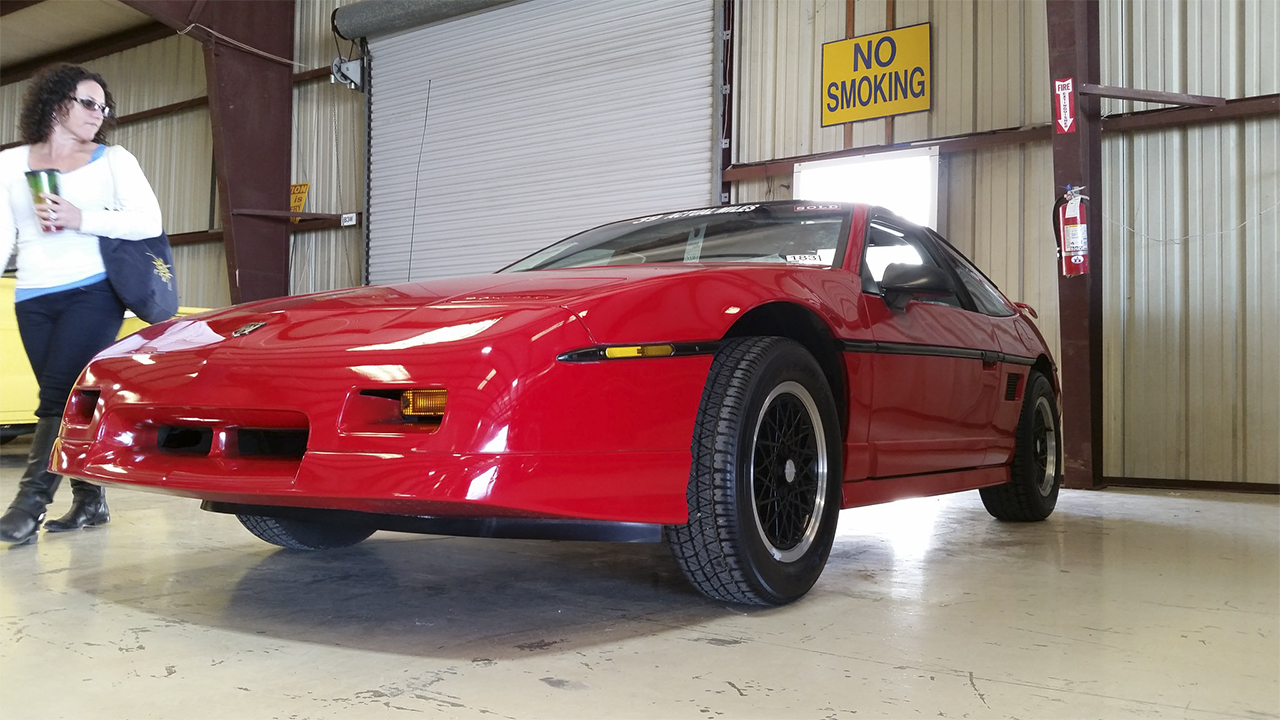
The Pontiac Fiero GT was introduced in the 1980s as a sporty, mid-engine vehicle that promised a thrilling driving experience. While its design was ahead of its time, the Fiero GT suffered from significant reliability issues. Early models were prone to engine fires, and overall build quality was lacking. As a result, many collectors find that the cost of maintaining this car outweighs its potential as a collectible.
Furthermore, the performance of the Fiero GT often fell short of expectations. Despite its sporty appearance, it was equipped with a modest V6 engine that didn’t quite deliver the power muscle car enthusiasts crave. These factors make the Fiero GT a frequent source of regret for collectors.
Chevrolet Camaro Berlinetta
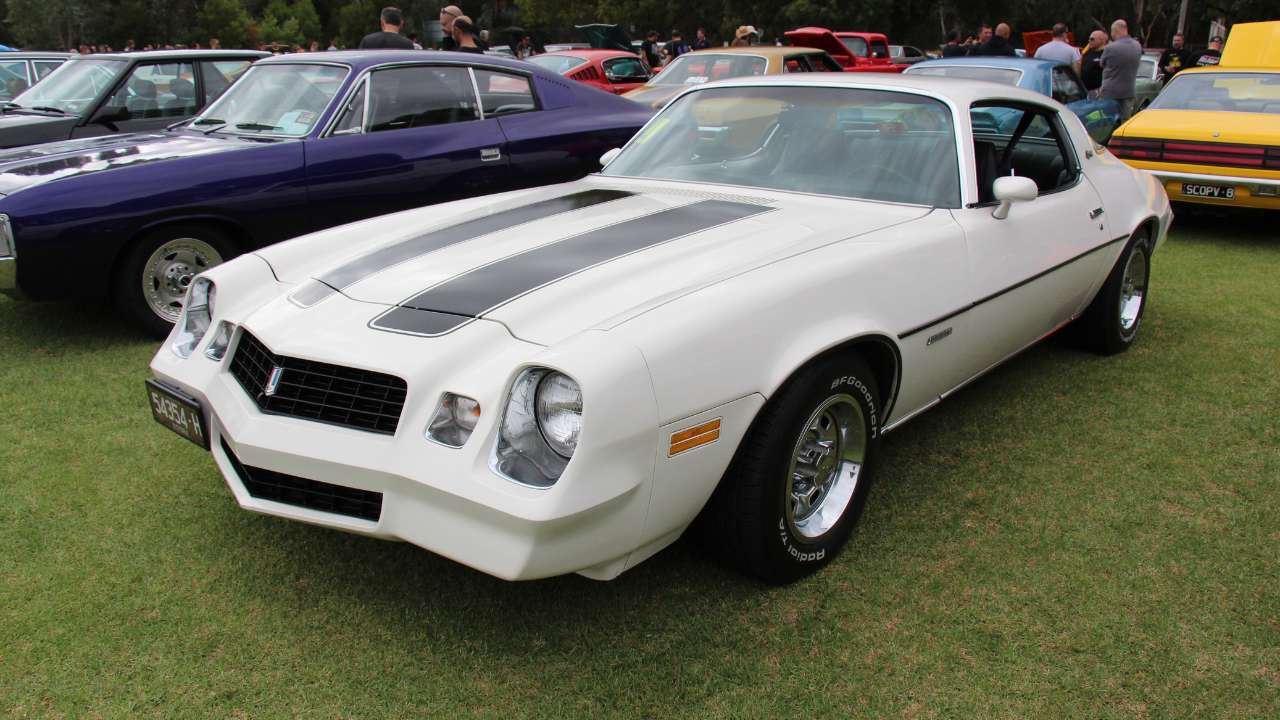
The Chevrolet Camaro Berlinetta was an attempt to blend luxury with the classic muscle car formula. Unfortunately, this model did not satisfy either camp. The Berlinetta was equipped with a cumbersome digital dashboard that was ahead of its time but plagued with reliability issues.
Additionally, the Berlinetta’s performance figures were underwhelming compared to other Camaros. With a focus on comfort rather than power, this model lacked the thrilling acceleration muscle car fans expect. Consequently, collectors often find that the Berlinetta fails to deliver on both luxury and performance fronts.
Ford Mustang II
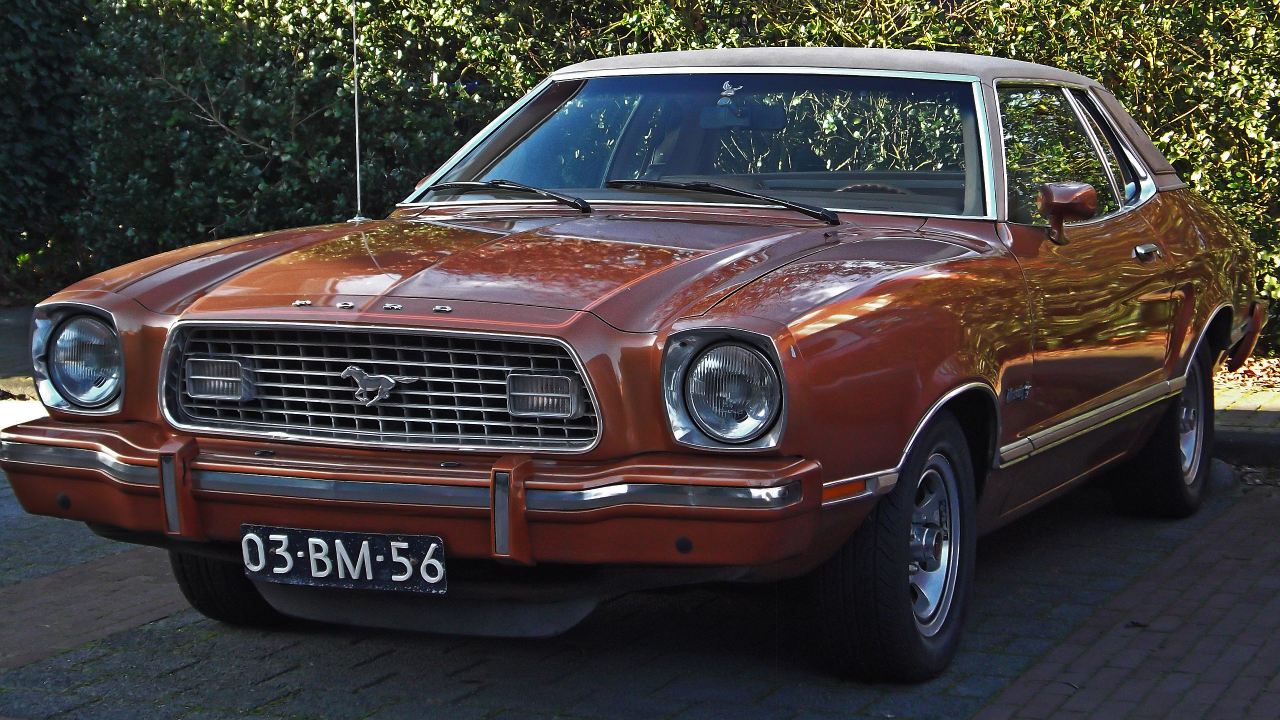
The Ford Mustang II, produced during the oil crisis of the 1970s, is often regarded as a low point in the Mustang lineage. With its compact size and reduced power output, the Mustang II was a significant departure from the muscle car ethos. Its design aimed to address fuel economy concerns, but at the expense of performance.
Collectors often regret purchasing this model due to its lackluster engine options and uninspiring driving dynamics. Although it has a niche following, the Mustang II is generally not considered a valuable addition to a muscle car collection.
Dodge Charger Daytona (2006)
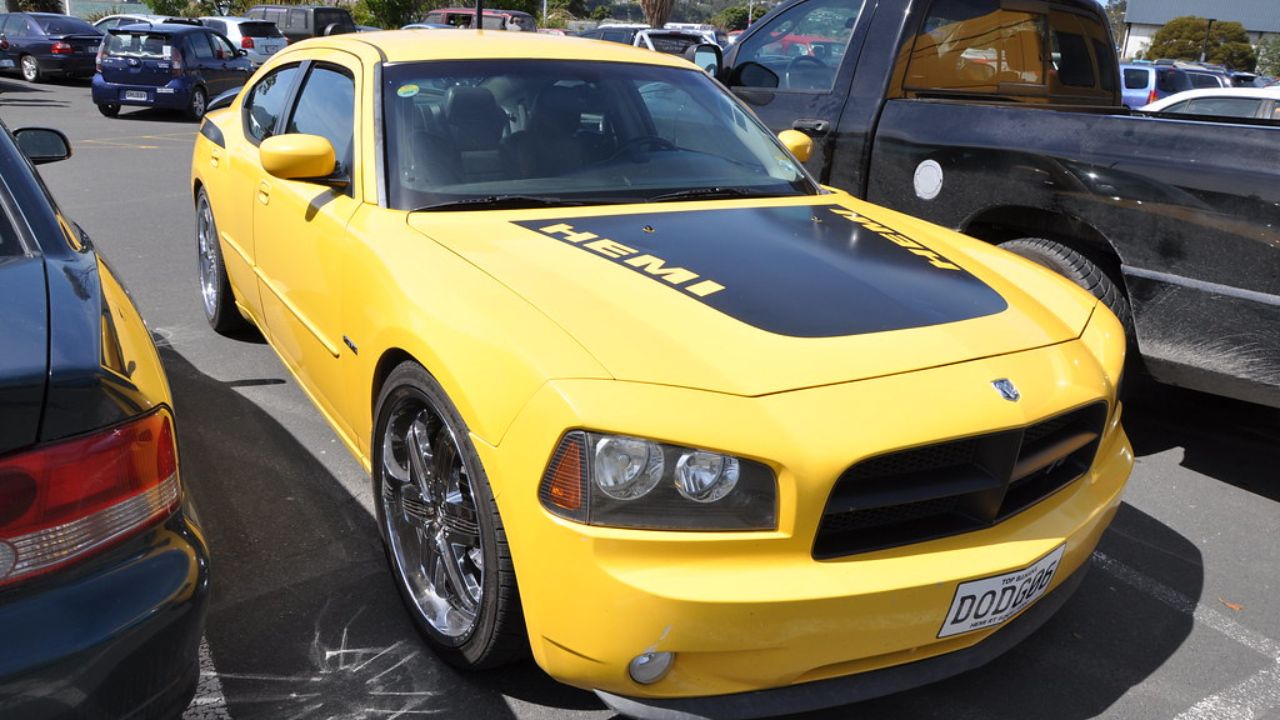
The 2006 Dodge Charger Daytona aimed to revive the iconic nameplate with modern features. While the car boasted a HEMI V8 engine, its heavy build and uninspired handling left many enthusiasts disappointed. The performance did not match the expectations set by the legendary Daytona models of the past.
Collectors often find that the 2006 Charger Daytona lacks the classic appeal and driving thrill associated with its predecessors. As a result, it’s a model that frequently ends up on the list of regretful purchases.
Mercury Capri RS
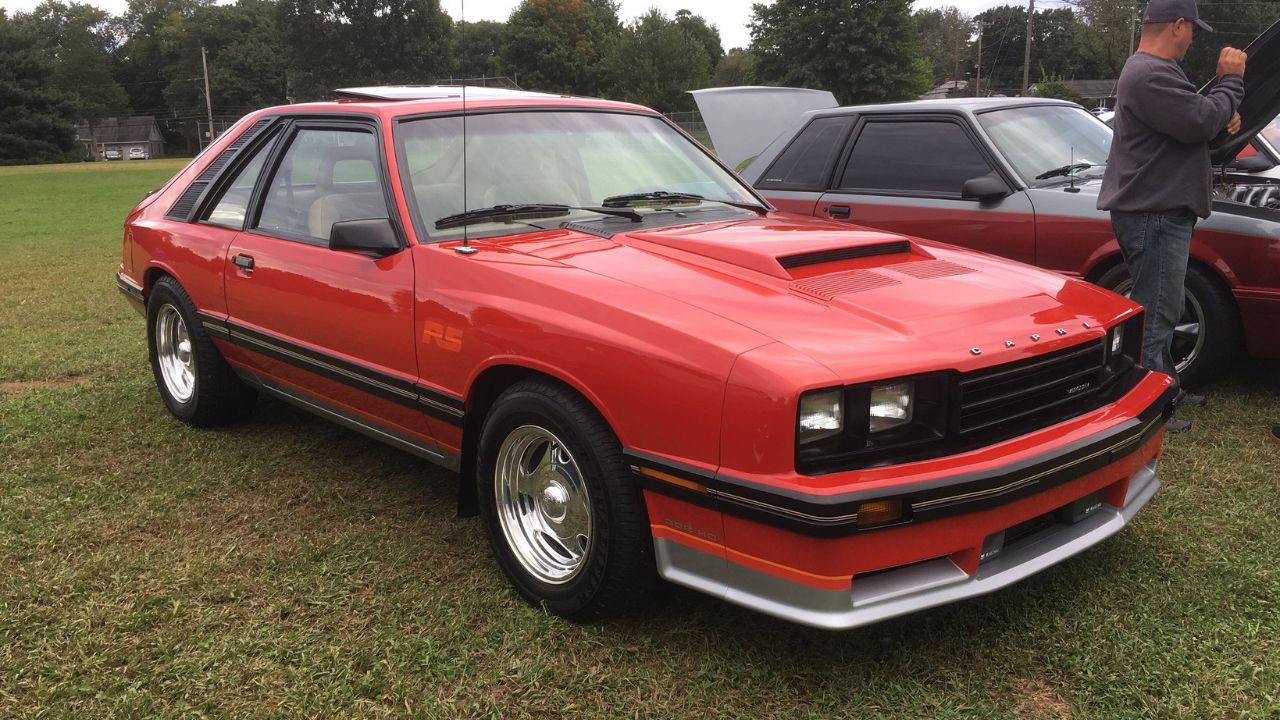
The Mercury Capri RS was Ford’s attempt to offer a sporty alternative in the 1980s. However, the Capri RS struggled to make a lasting impression due to its mediocre performance and styling that failed to stand out. Equipped with a modest engine, it offered little in terms of power and excitement.
Collectors looking for a classic muscle car experience often find the Capri RS lacking. Its limited appeal and lack of significant historical value make it a regrettable purchase for many enthusiasts.
Chevrolet Corvette Cross-Fire Injection
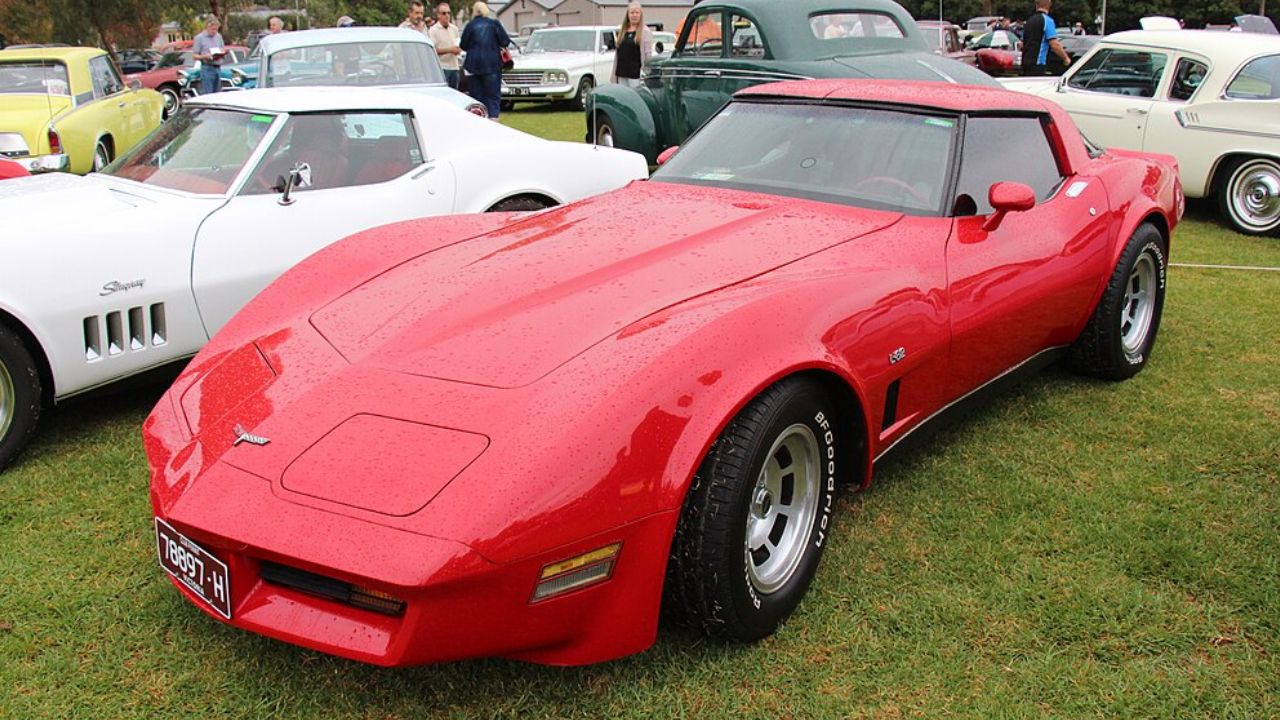
The Chevrolet Corvette Cross-Fire Injection, produced in the early 1980s, is often criticized for its problematic fuel injection system. Intended as a technological leap forward, the Cross-Fire Injection system was plagued with issues that affected performance and reliability.
While the Corvette name carries significant weight, this particular model is often seen as a low point due to its lackluster performance and maintenance challenges. Collectors hoping for a classic Corvette experience often find themselves disappointed with this iteration.
Plymouth Volaré Road Runner
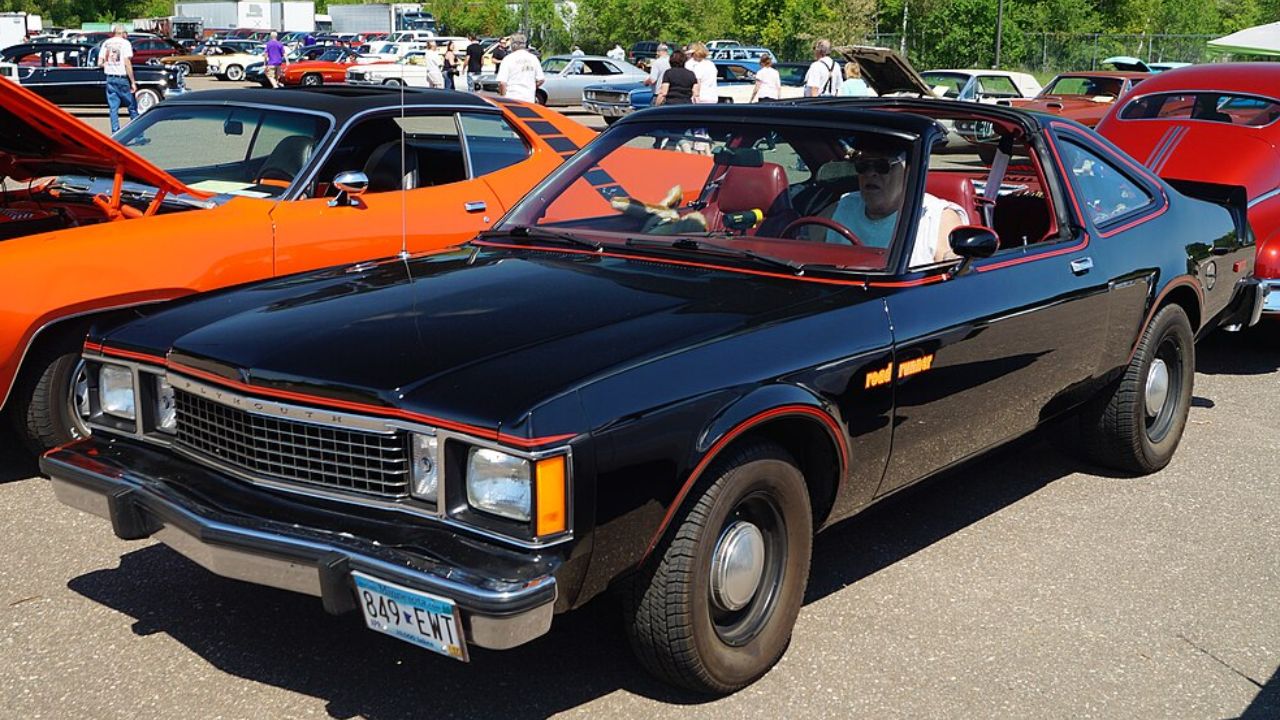
The Plymouth Volaré Road Runner was a departure from the high-performance legacy of its namesake. Produced during the late 1970s, this model was affected by the era’s stringent emissions regulations, resulting in reduced power output and performance.
Collectors often regret purchasing the Volaré Road Runner due to its failure to deliver the muscle car experience. Its underwhelming engine options and uninspiring design make it a less desirable option in the classic car market.
Oldsmobile Cutlass Calais 442
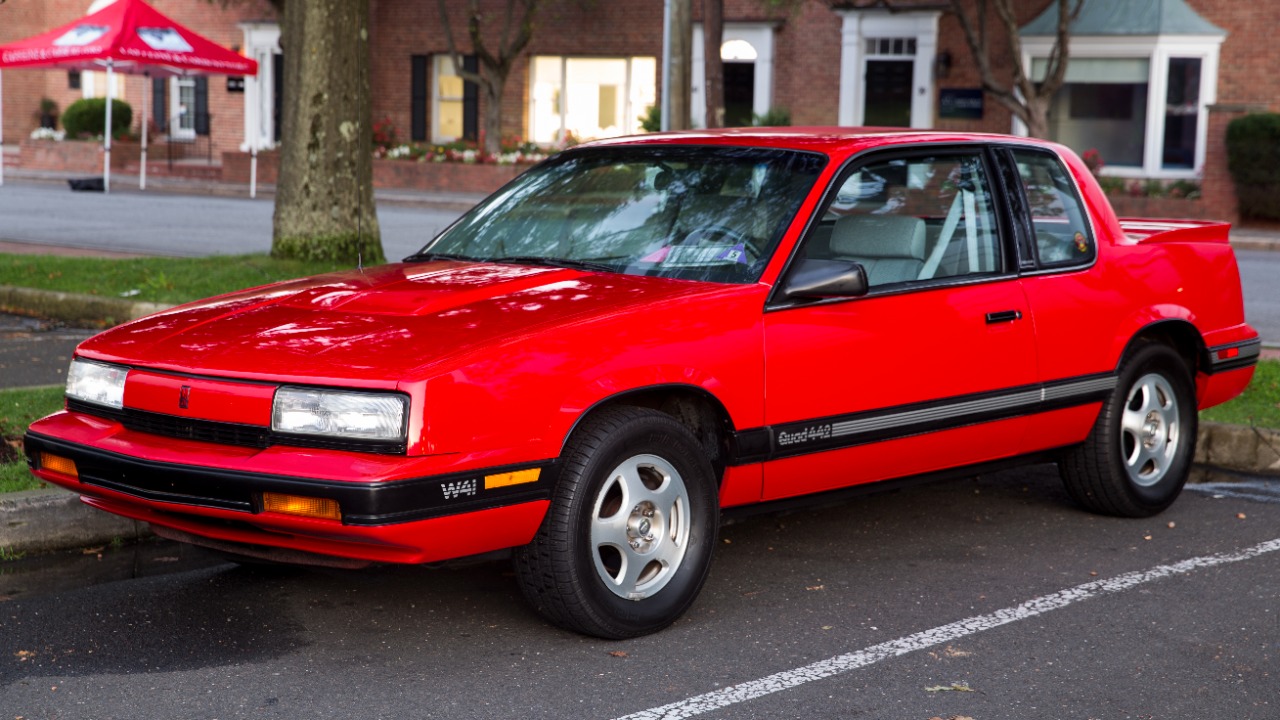
The Oldsmobile Cutlass Calais 442 attempted to carry the torch of the legendary 442 nameplate but fell short in execution. Produced during the 1980s, this model was more focused on aesthetics than performance, offering a lackluster engine that did not live up to its muscle car heritage.
Collectors often regret the purchase of the Cutlass Calais 442 due to its underwhelming performance and limited appeal. Its inability to capture the spirit of the original 442 models leaves enthusiasts wanting more.
Pontiac GTO (1973)
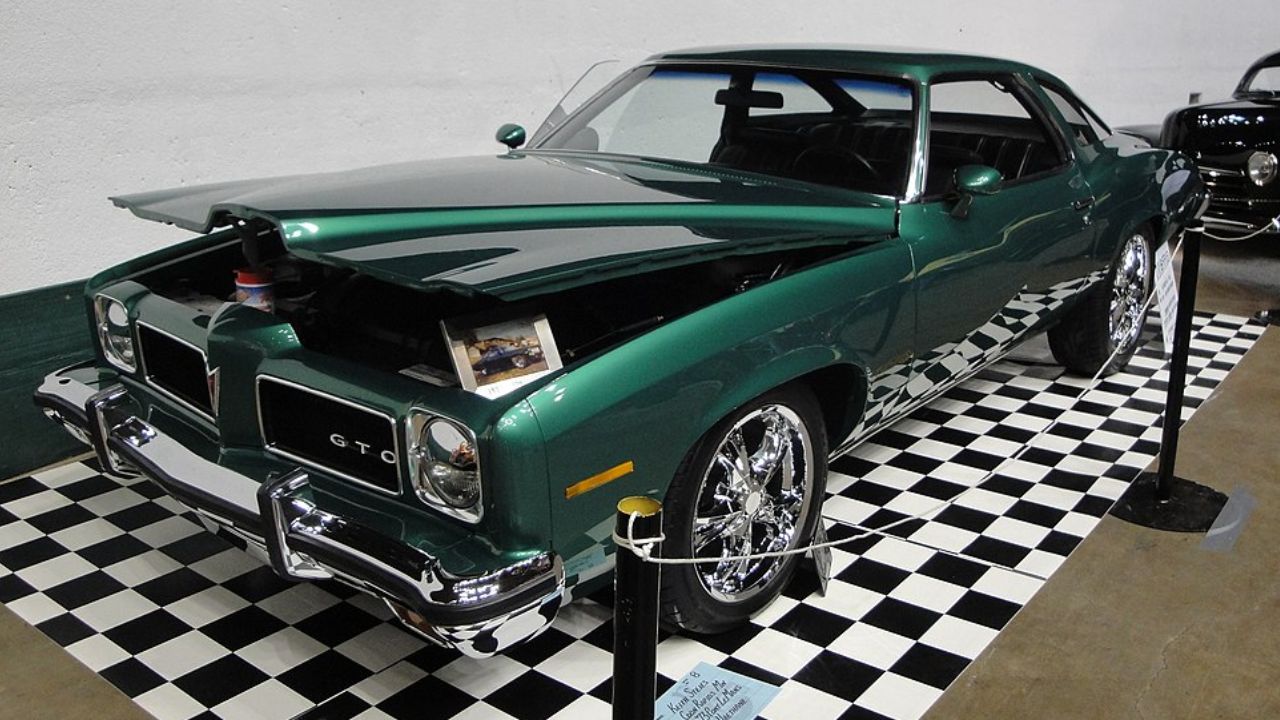
The 1973 Pontiac GTO marked a shift away from the raw power that defined earlier models. As emissions regulations tightened, the GTO’s performance suffered, resulting in a model that struggled to maintain its muscle car legacy.
Collectors often find the 1973 GTO to be a disappointment, with its reduced horsepower and heavier body. While it carries the iconic GTO name, this iteration is often overlooked in favor of earlier, more powerful versions.
Dodge Aspen R/T
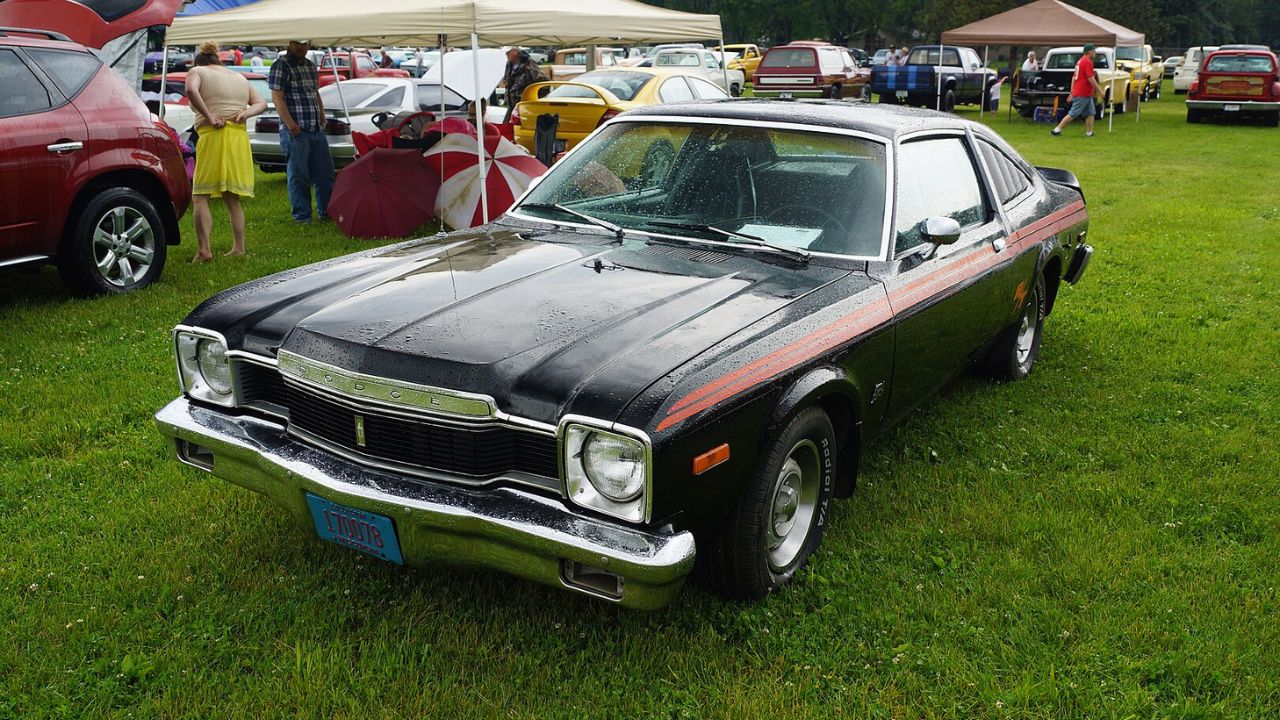
The Dodge Aspen R/T, introduced in the late 1970s, attempted to combine muscle car aesthetics with everyday practicality. However, it was hindered by its lackluster performance and numerous reliability issues. The Aspen R/T featured engines that were underpowered and plagued with mechanical faults.
Collectors often regret purchasing the Aspen R/T due to its failure to live up to the muscle car reputation. Its combination of uninspired performance and frequent mechanical problems make it a less desirable addition to any collection.
Like Fast Lane Only’s content? Be sure to follow us.
Here’s more from us:
*Created with AI assistance and editor review.

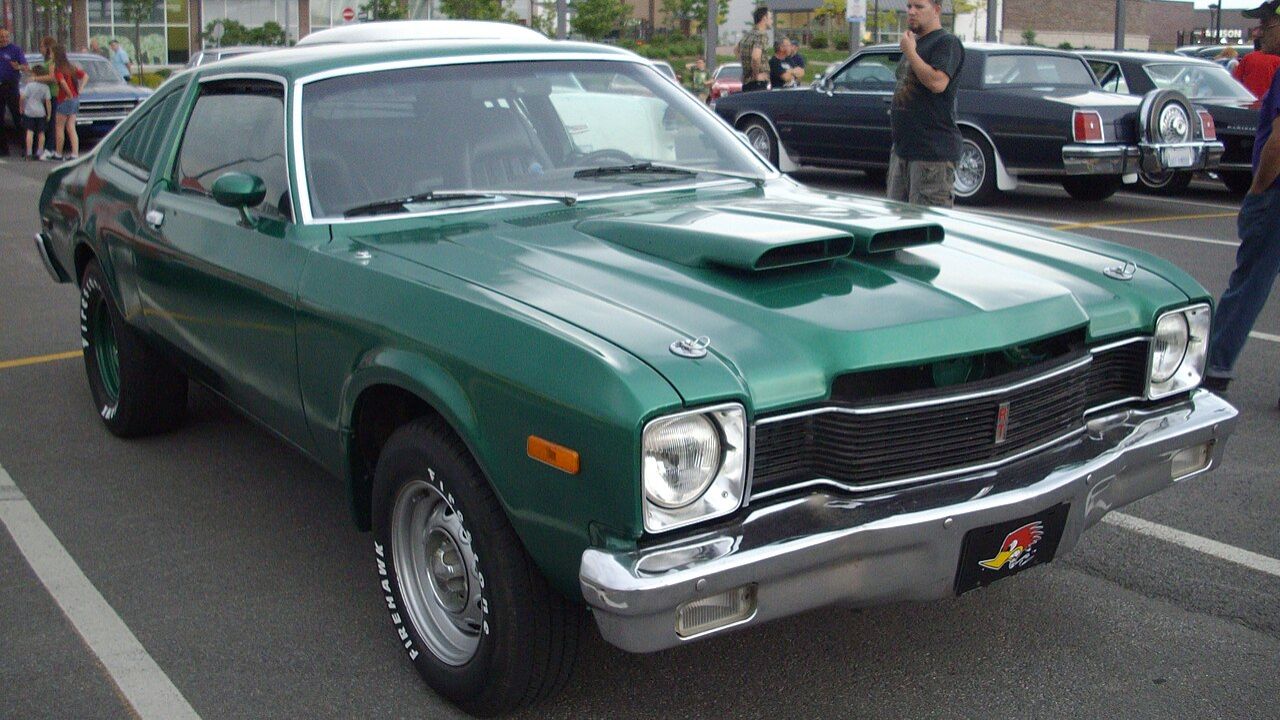
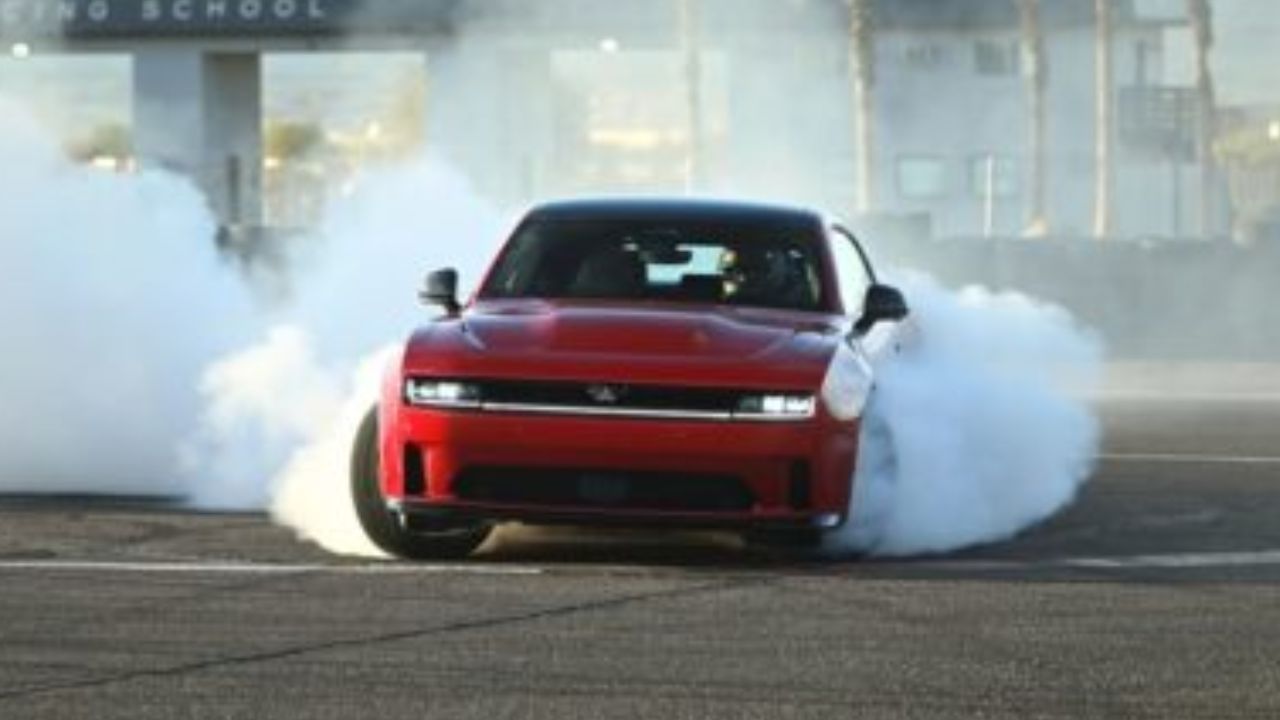
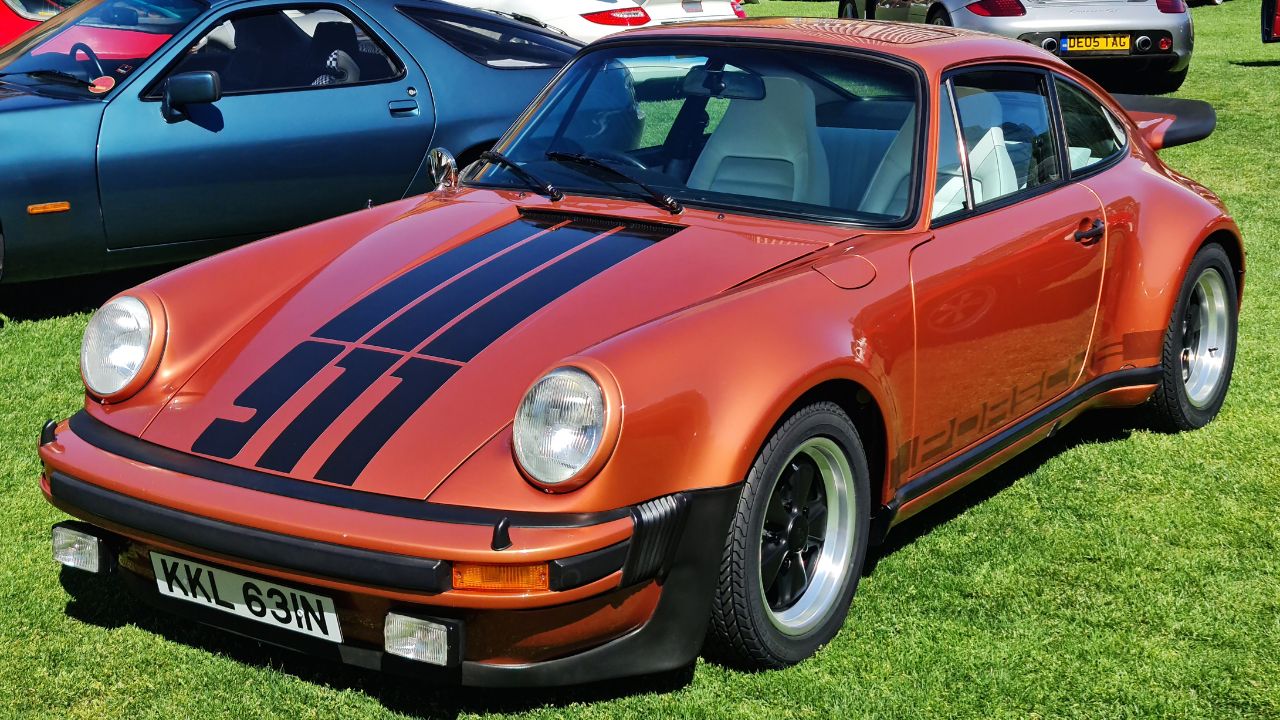
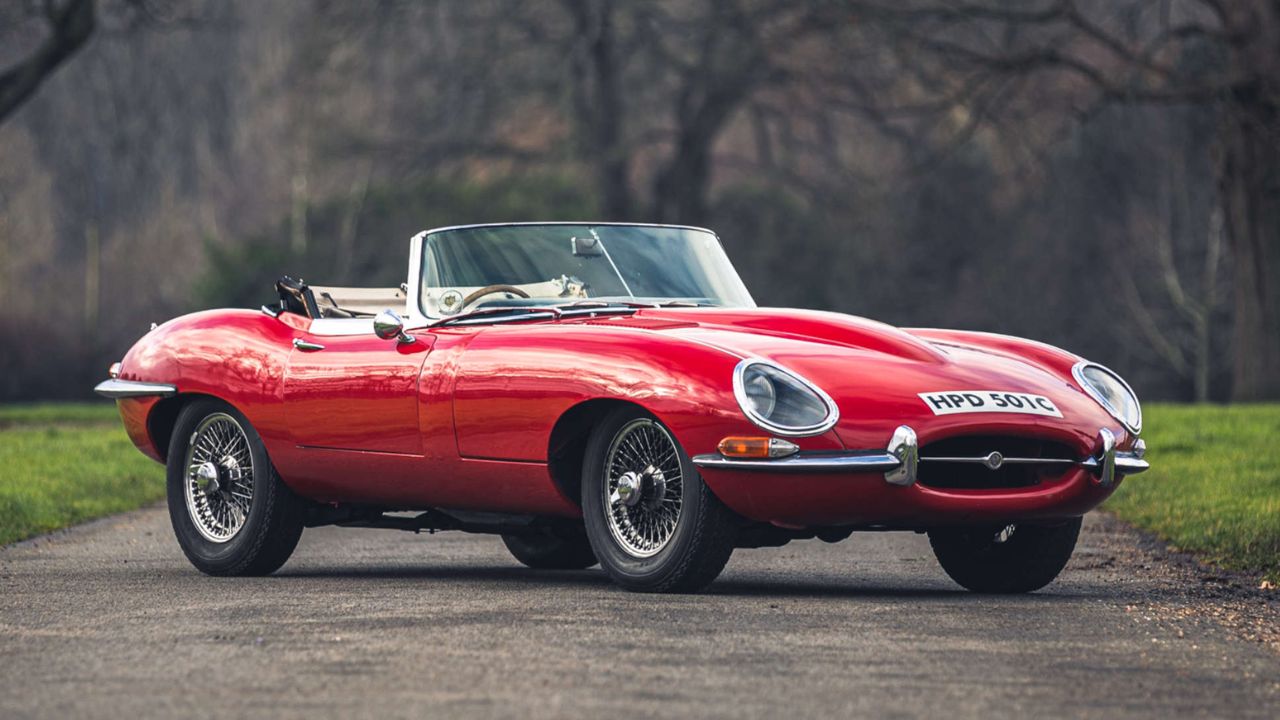
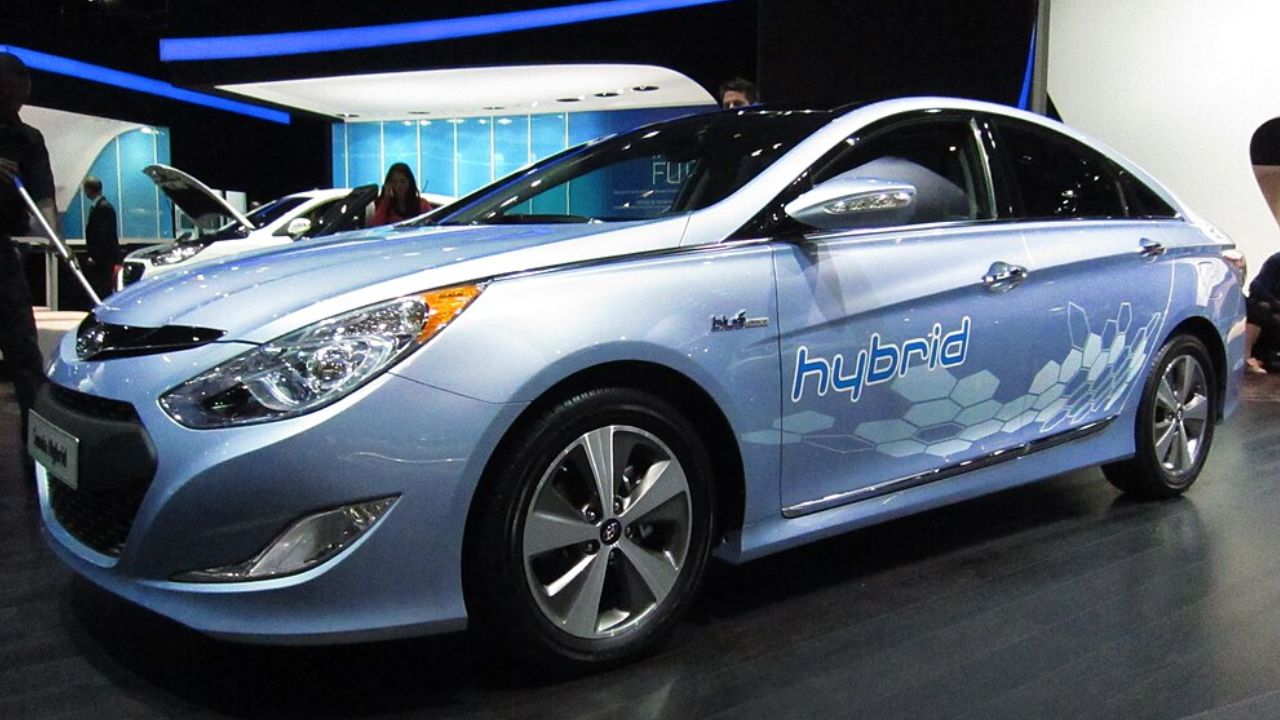
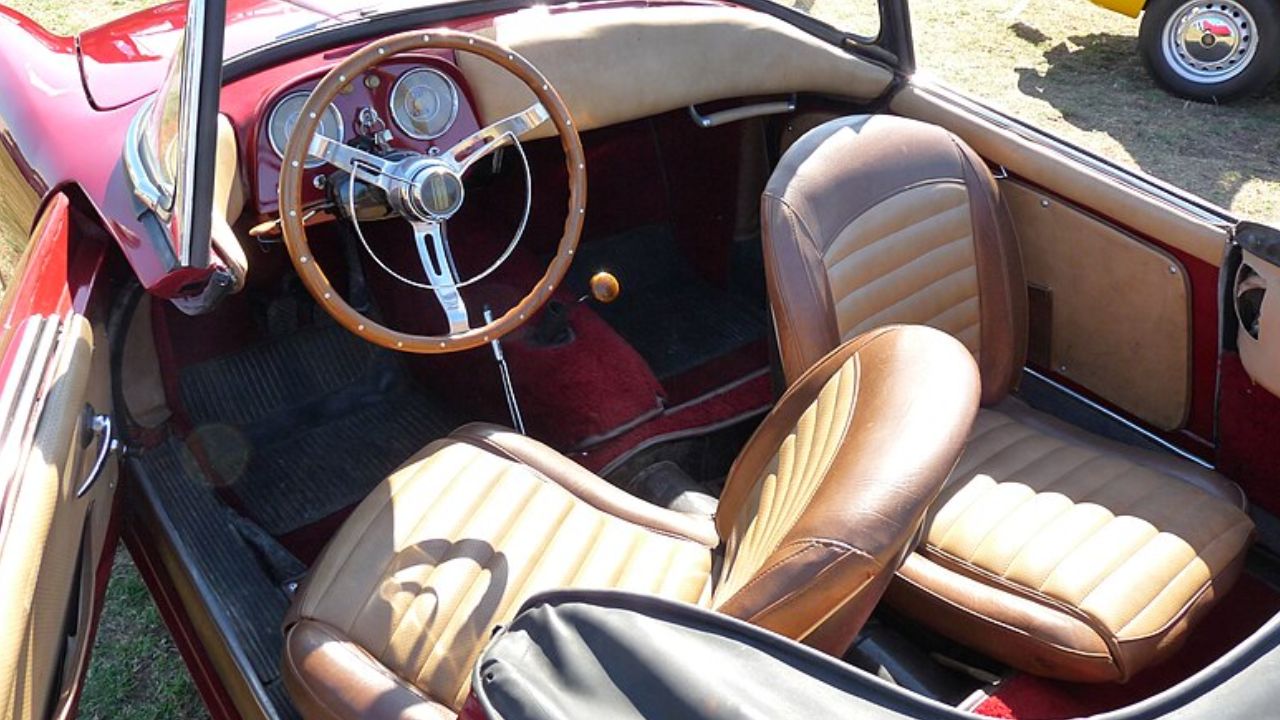
Leave a Reply